
Human Rights Watch Video Forensics
Video forensics – the detailed, frame-by-frame analysis of videos and other images – can also be used to catalogue violations in Syria.

Video forensics – the detailed, frame-by-frame analysis of videos and other images – can also be used to catalogue violations in Syria.
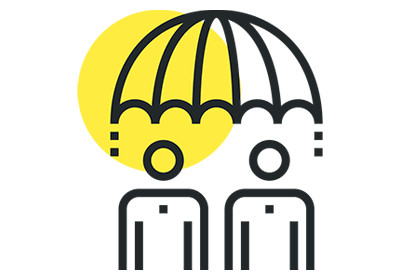
The Historical Archive of the National Police (AHPN) in Guatemala has engaged in a massive effort to digitise millions of state records to preserve them for researchers and citizens for use in ongoing work to uncover the violence of the past.
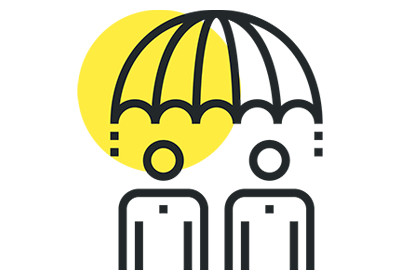
The Blockchain Trust Accelerator, created by New America, The Bitfury Group, and the National Democratic Institute, is committed to advancing Blockchain technology through responsible, innovative and cutting edge pilot projects.
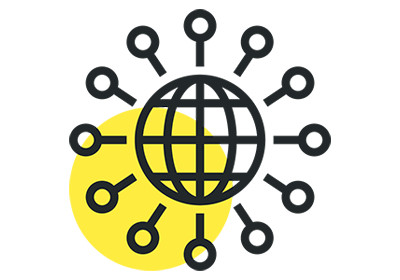
LaborVoices uses smartphones to crowdsource information key to enabling brands to monitor the impact of their suppliers on the rights of workers.

LaborLink leverages the rapid spread of mobile phones to establish an anonymous two-way communication channel for workers to report on true conditions with no fear of retaliation, and for companies to receive real-time data directly from workers 365 days a year.
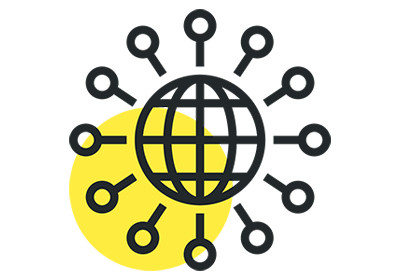
Planet imagery can be used to independently document and monitor the actions of governments and other actors, creating new forms of human rights accountability.
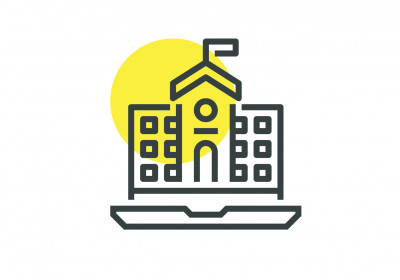
Amply is a not-for-profit project that is building a digital identity and subsidy management system on the Ethereum Blockchain for pre-schools in South Africa
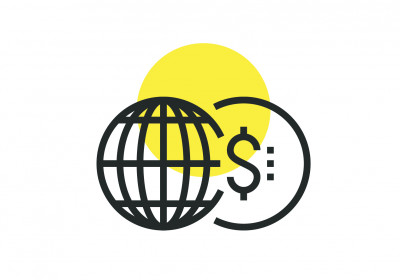
The United Nations (UN) launched a trial to distribute funds to thousands of people in Jordan using the ethereum blockchain
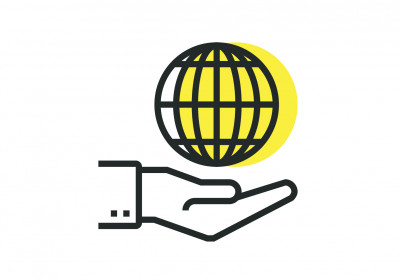
BanQu is a groundbreaking for-profit / for-purpose blockchain-as-a-service software company solving the toughest global problem – Extreme Poverty.